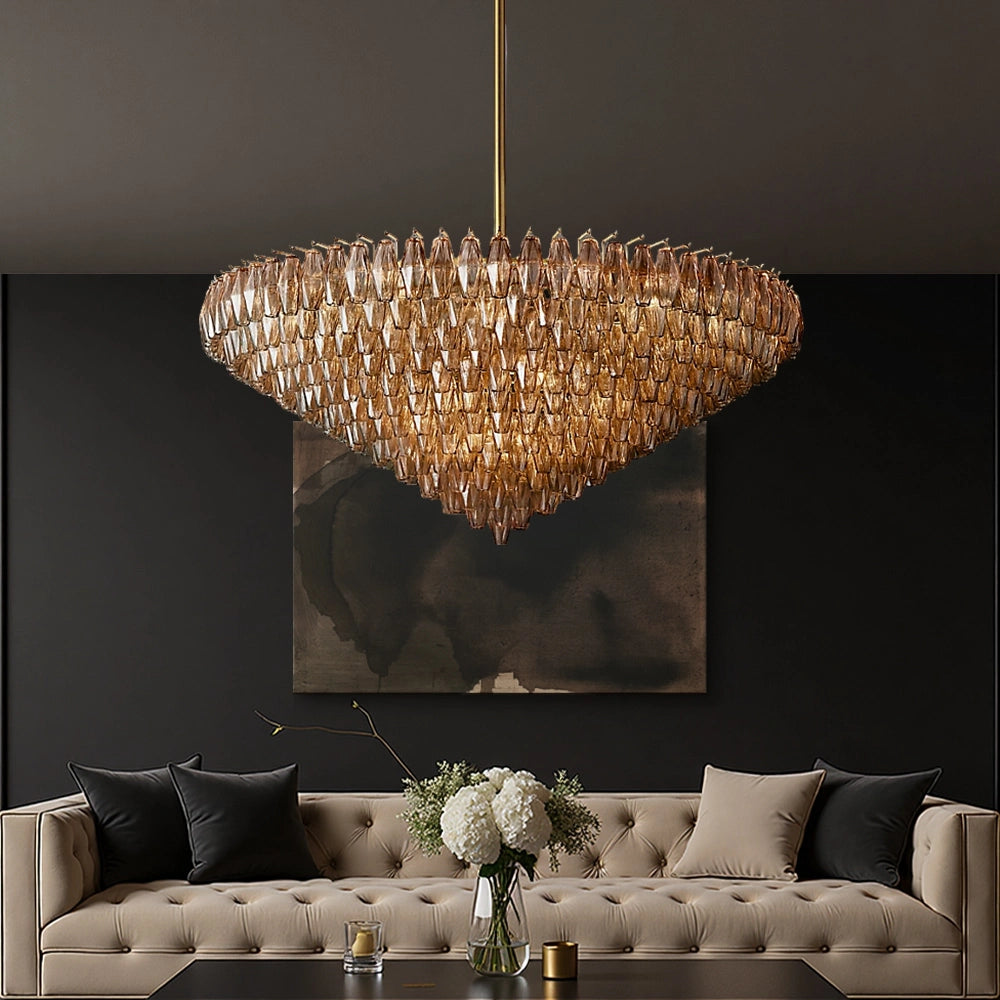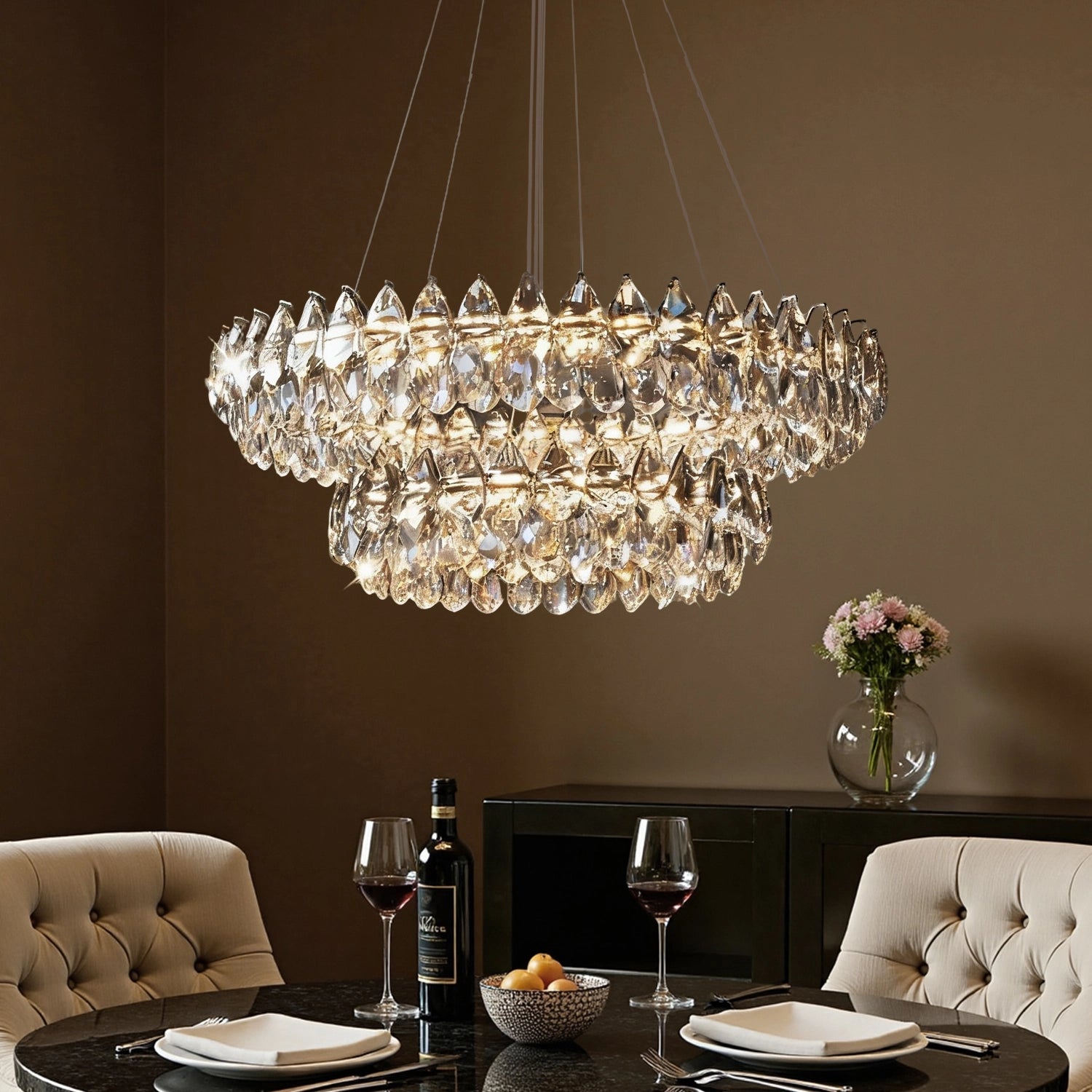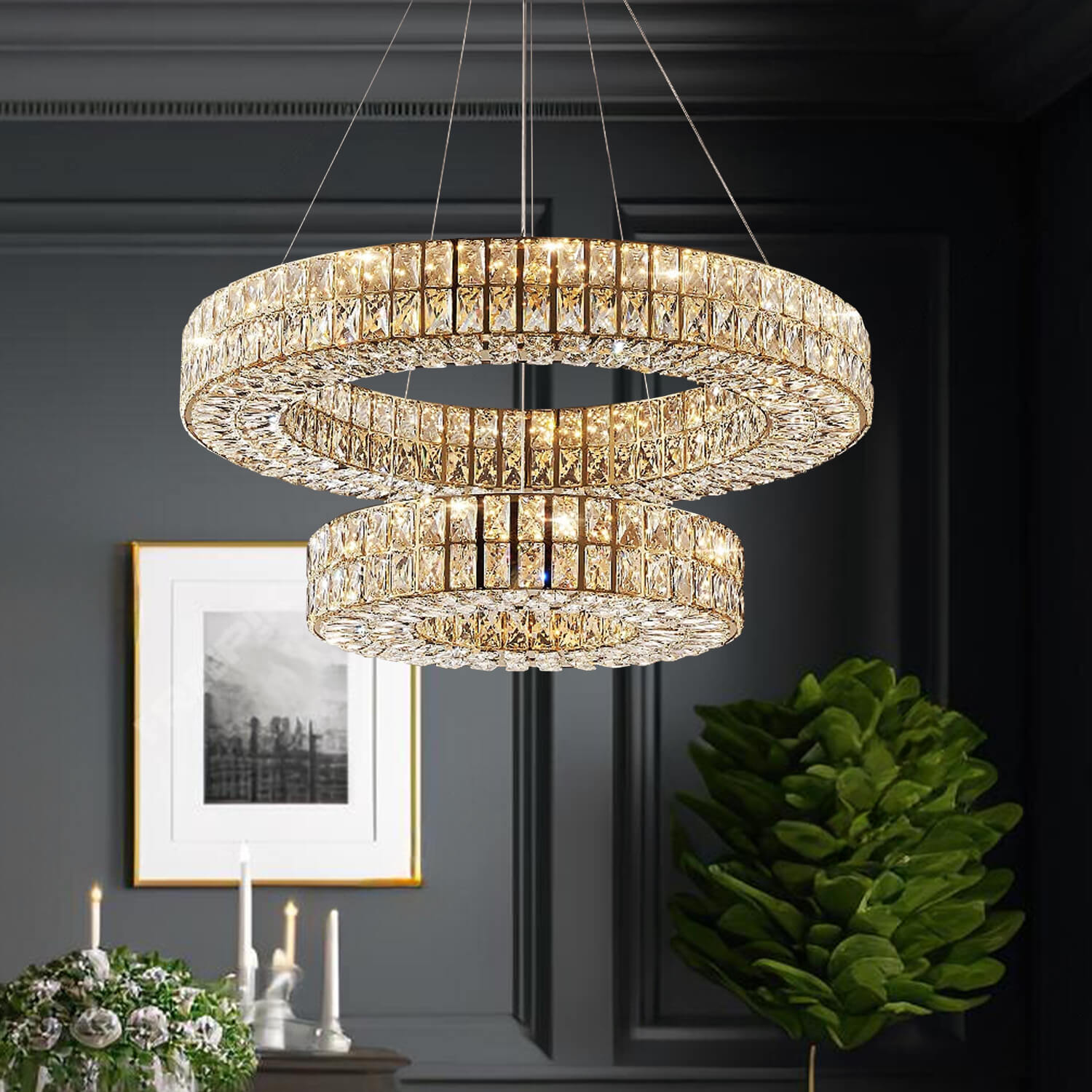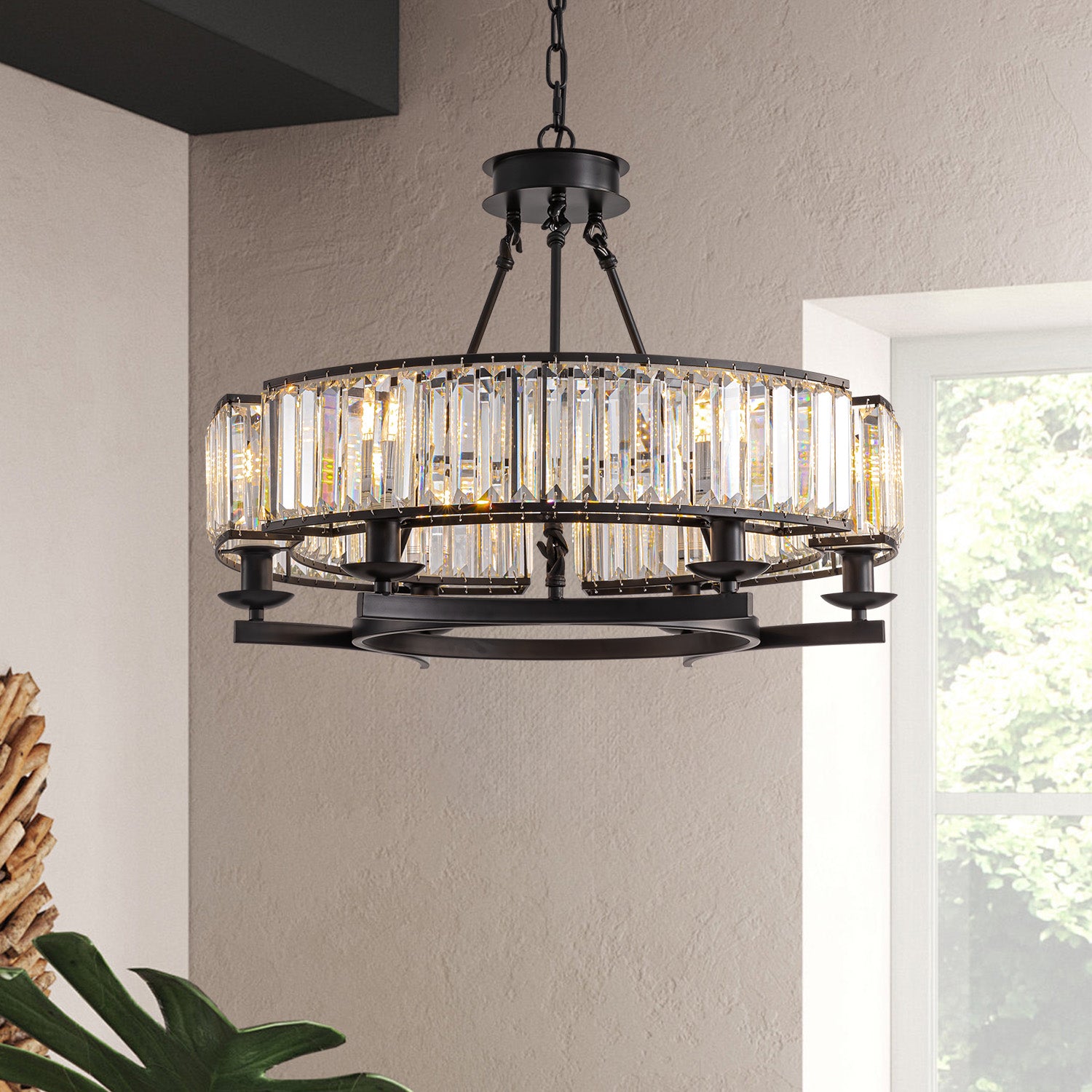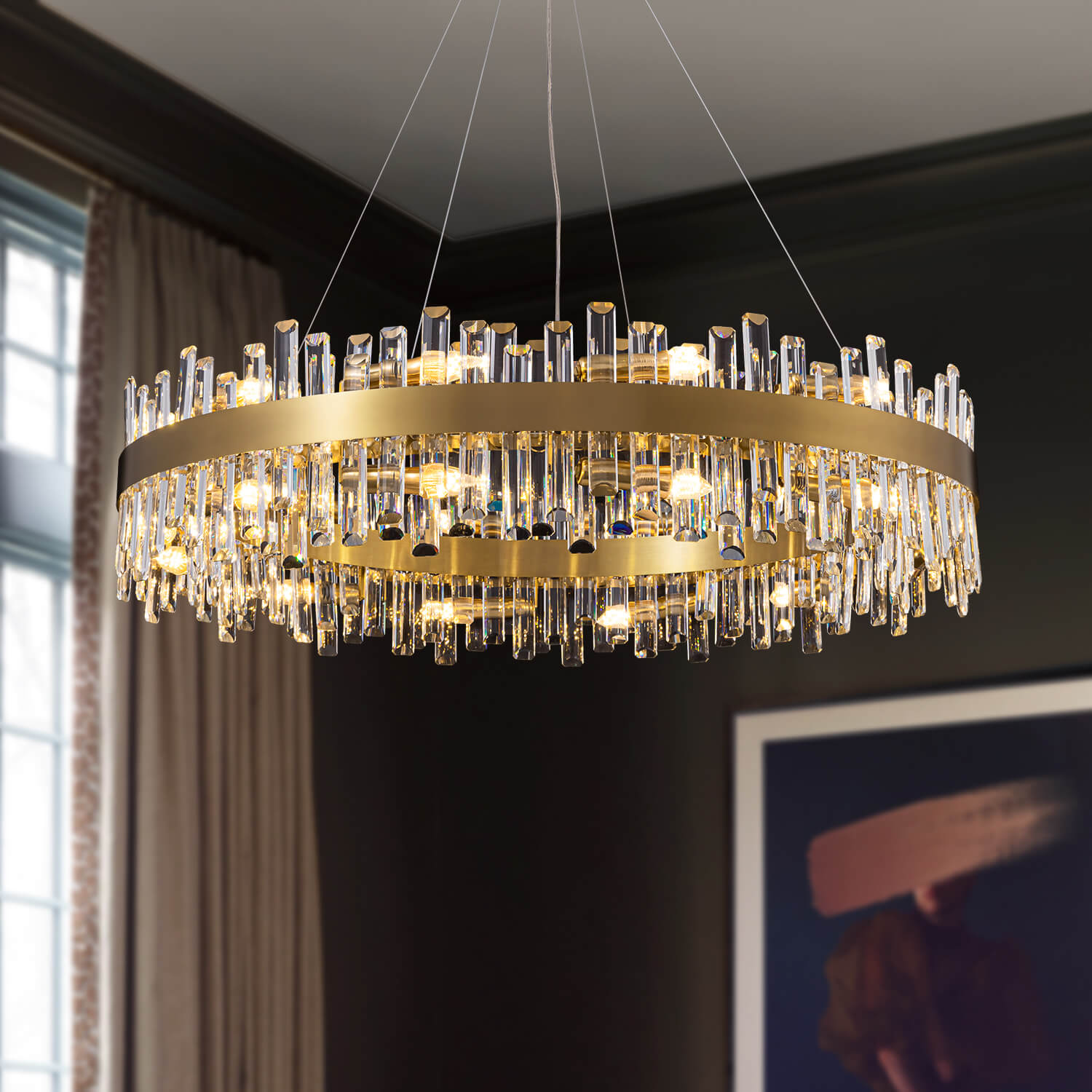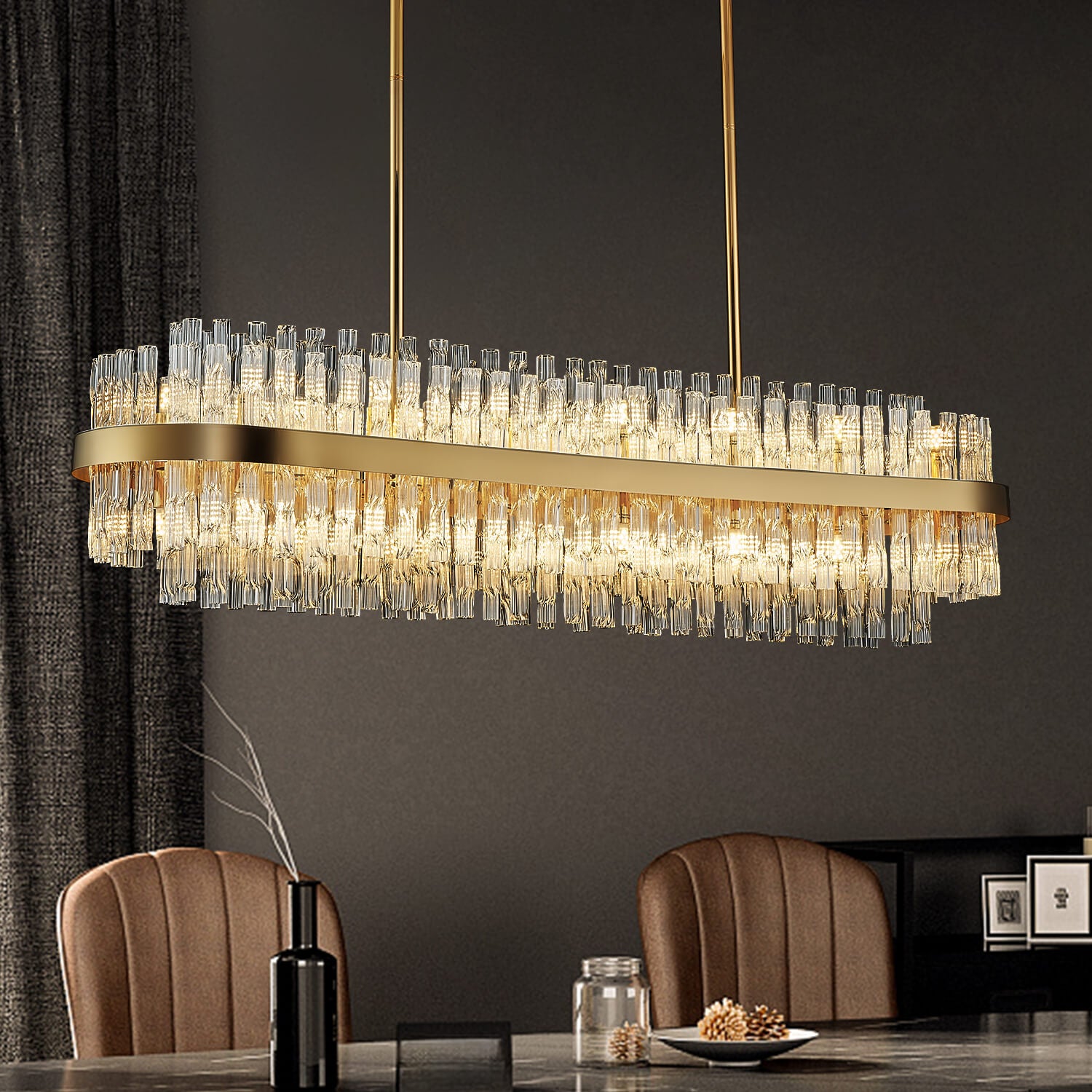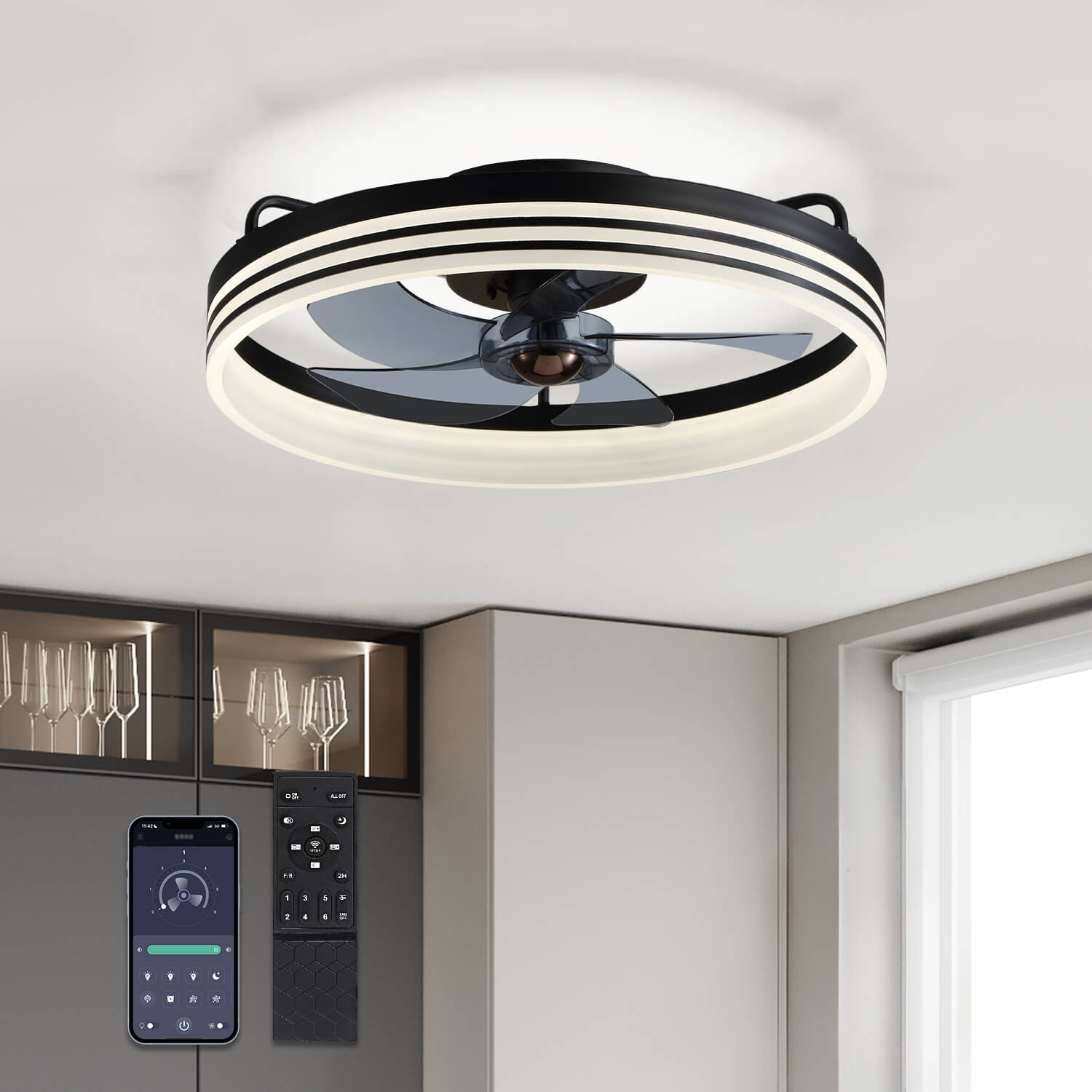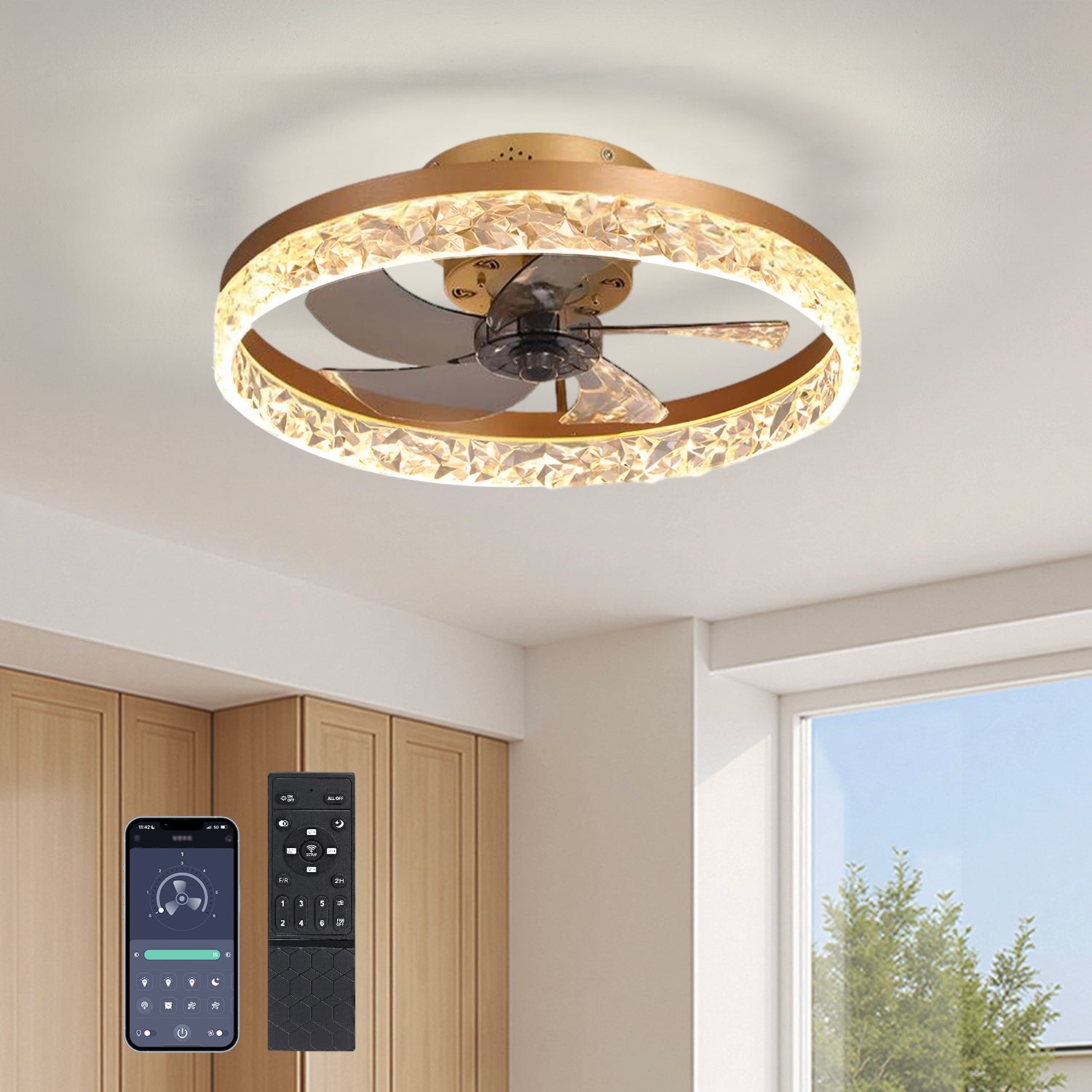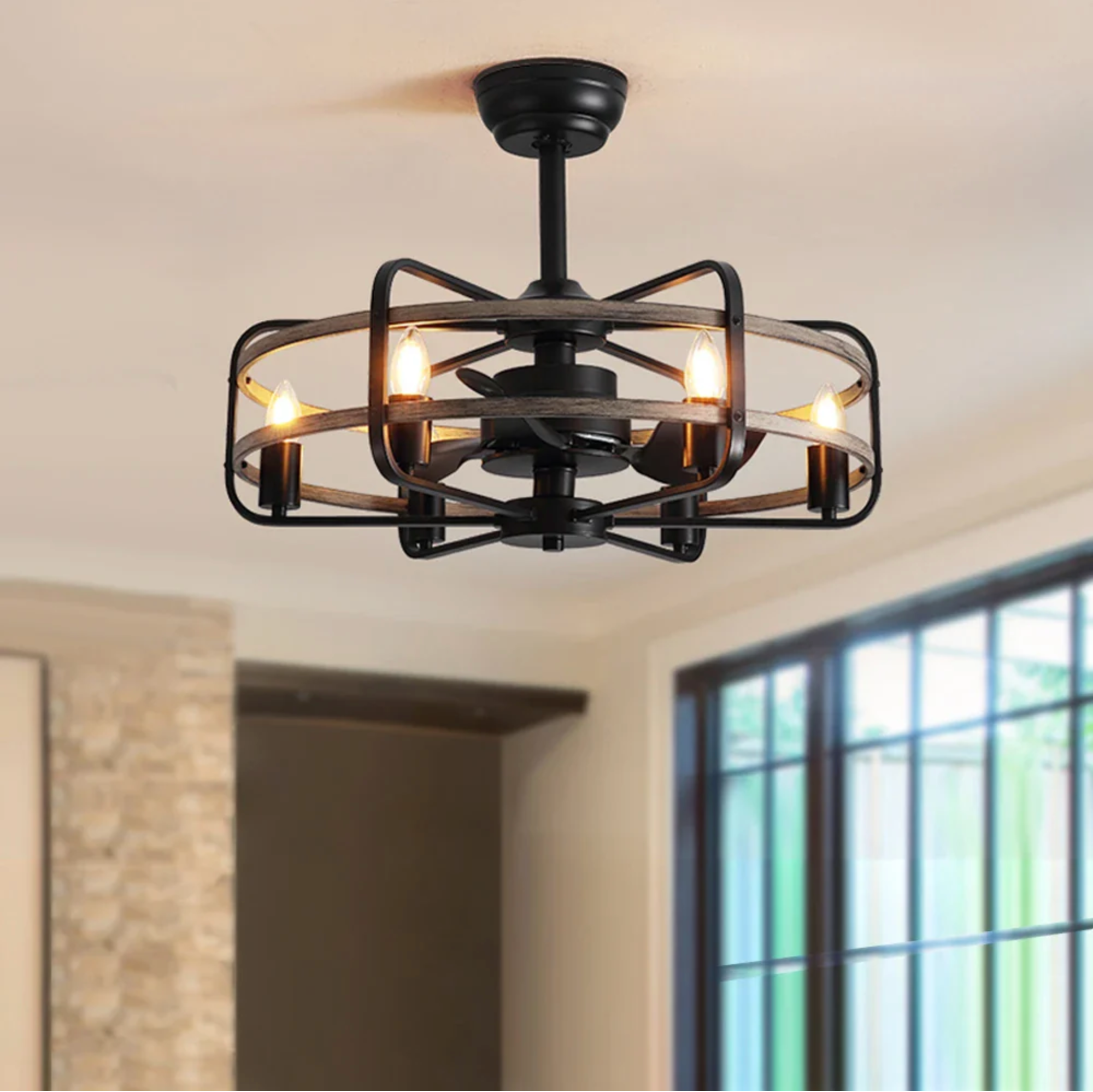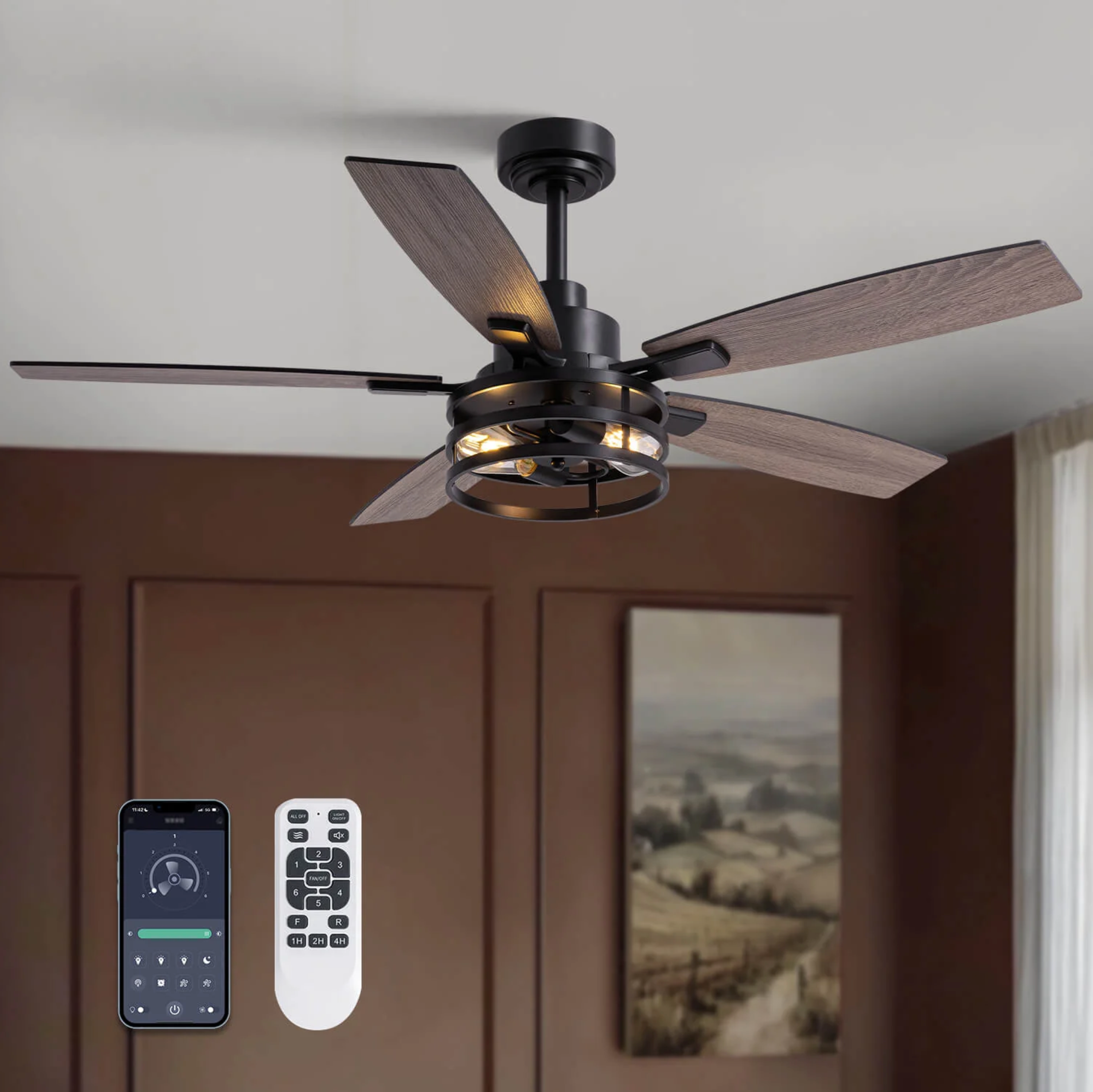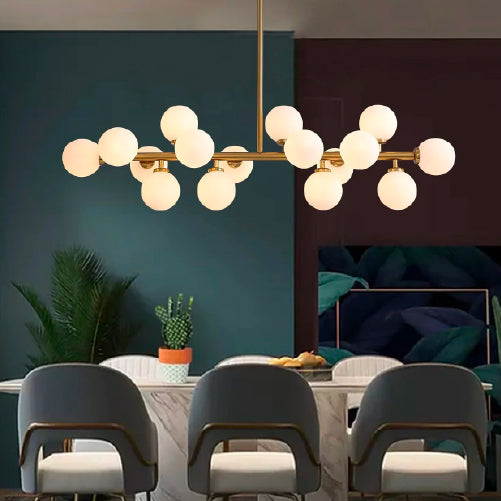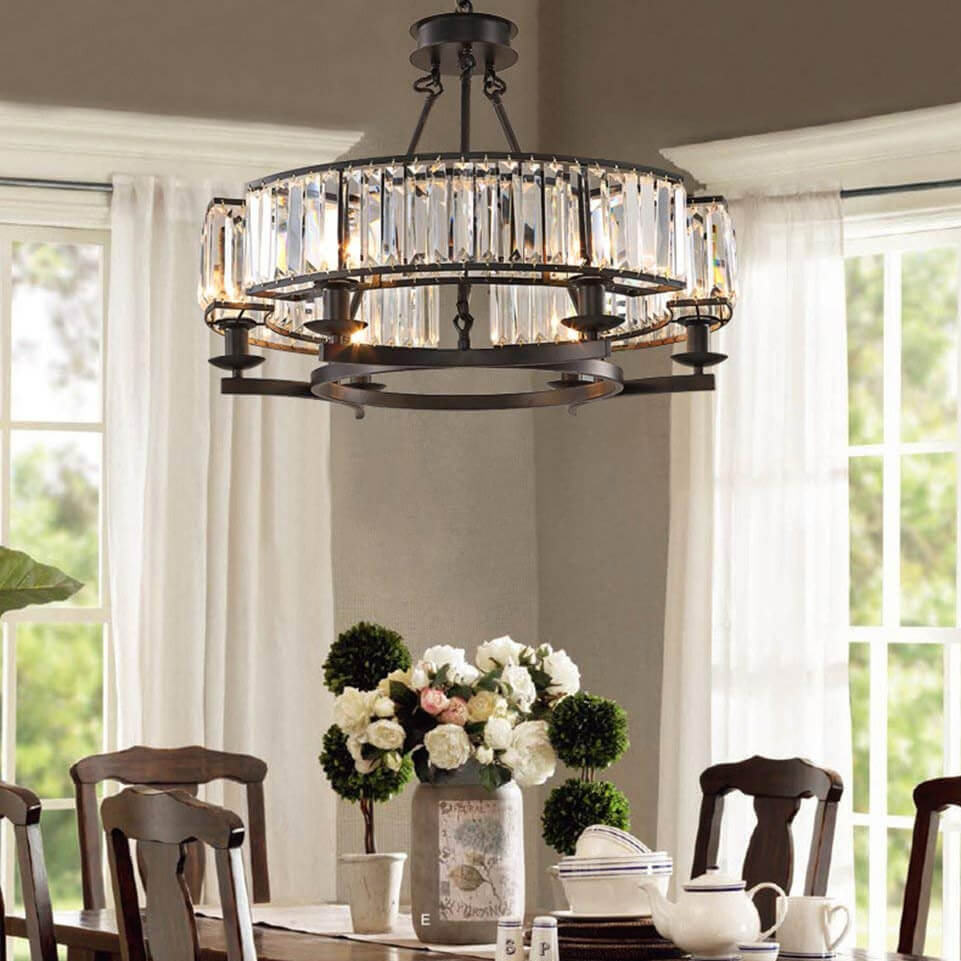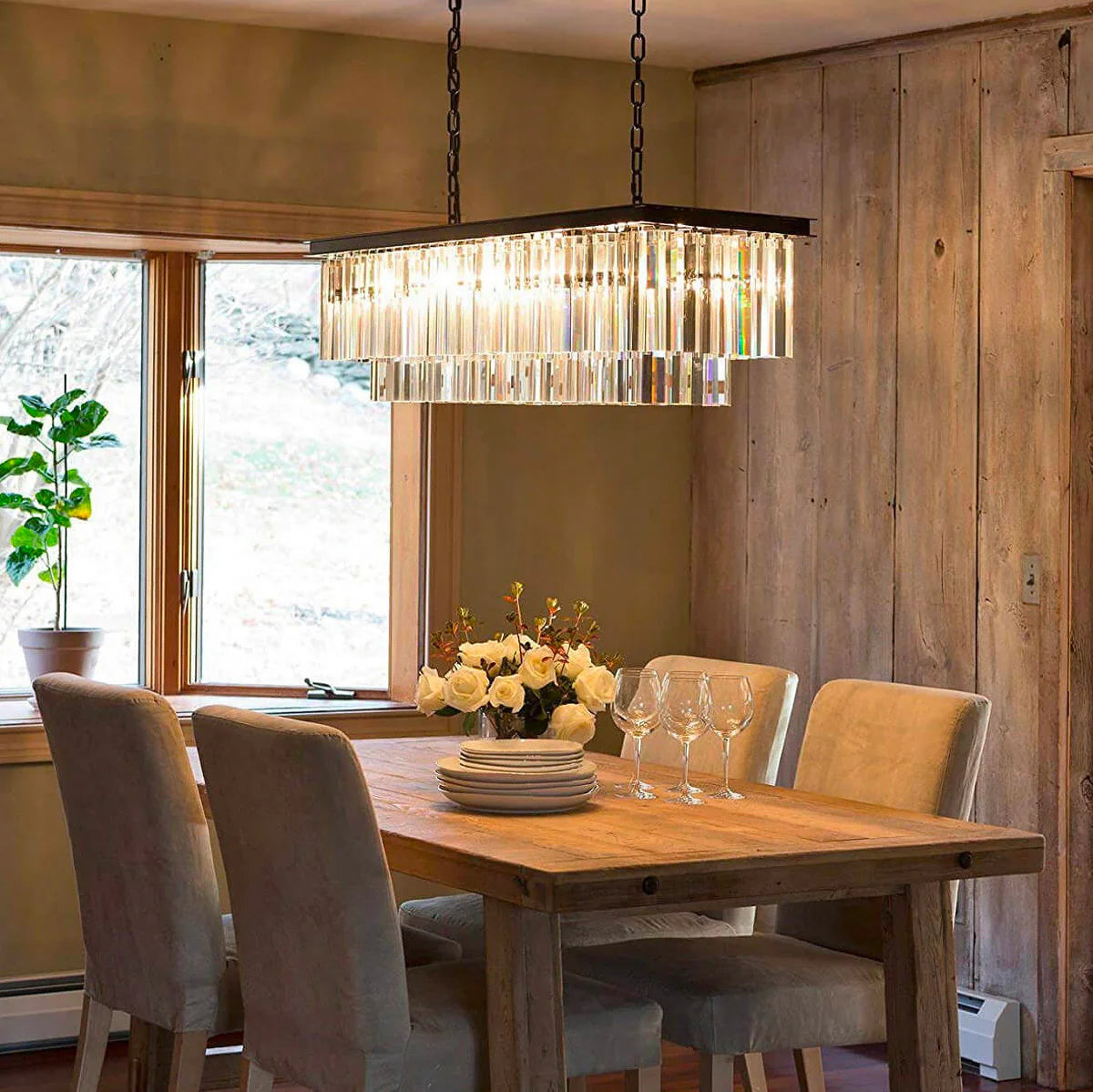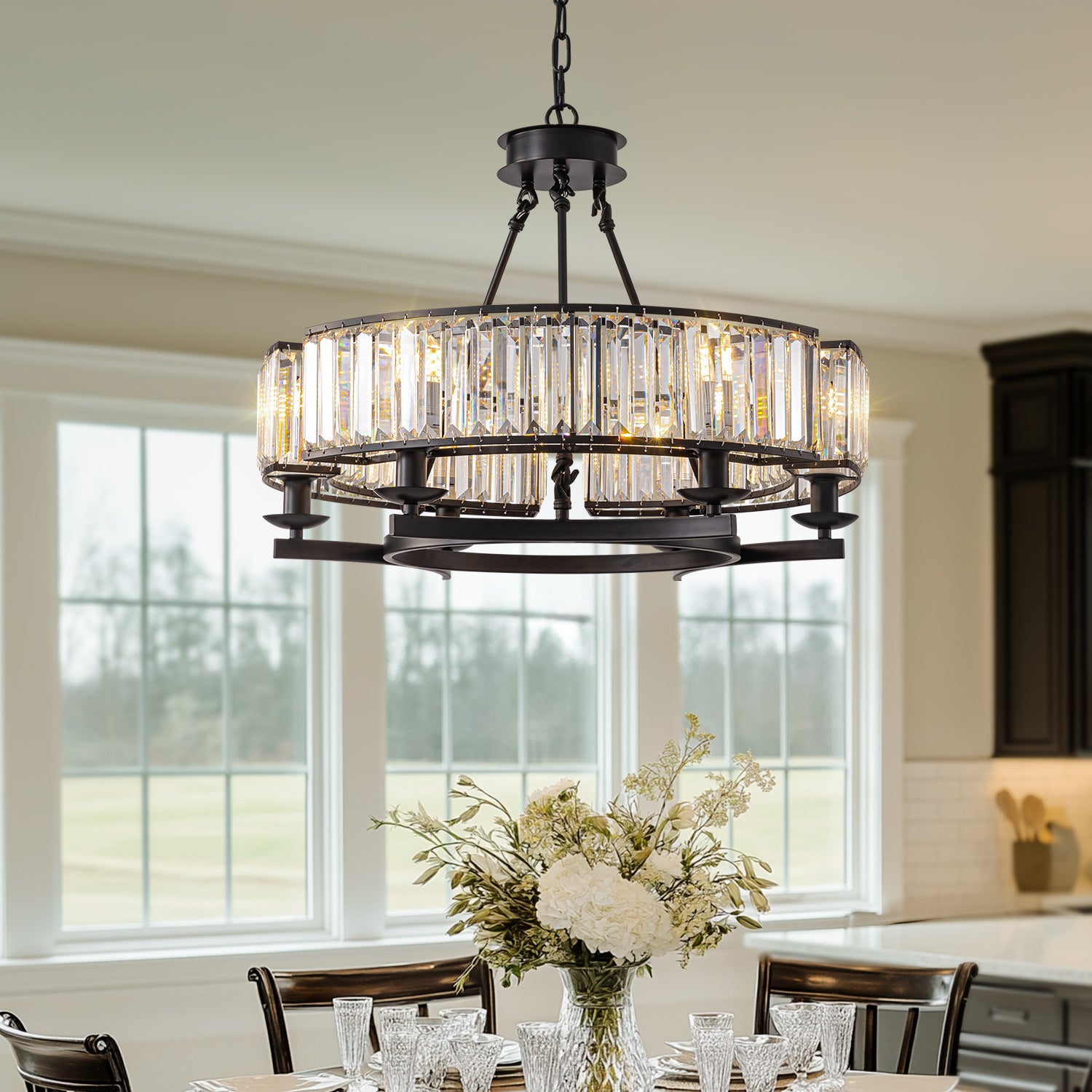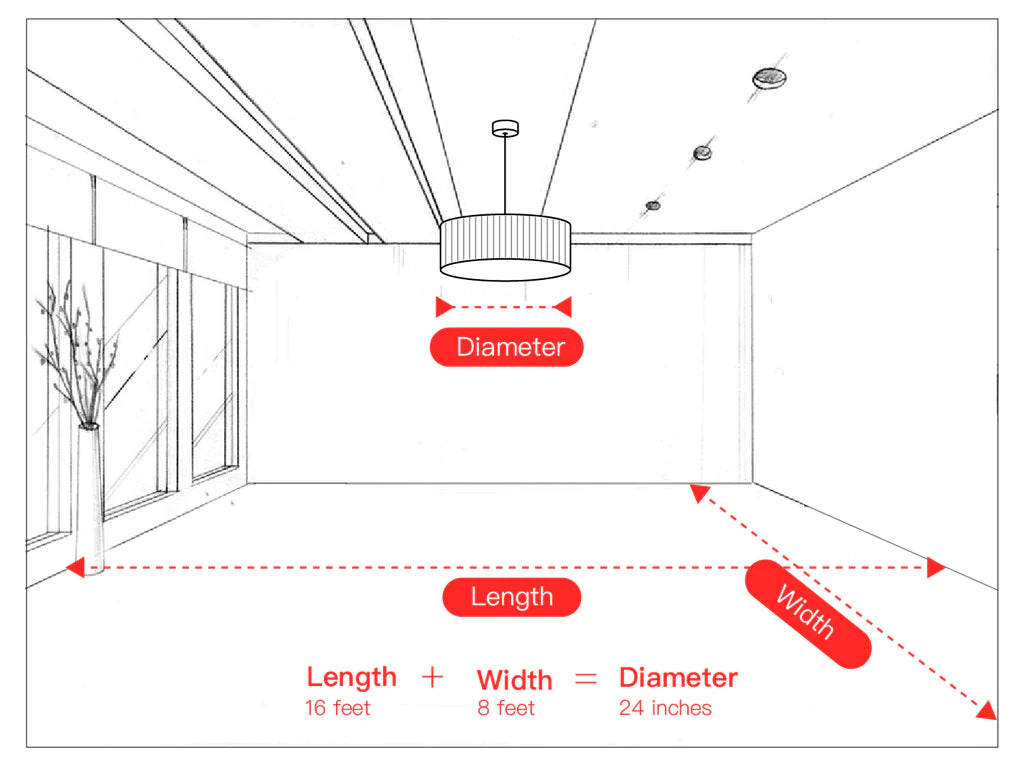Moving In
So you've been dating for a while, and you think you're ready to move in with your partner.
Maybe you've gotten used to each other's habits, or you're already good enough at talking about money that sharing financial responsibility isn't much of a stretch. It's getting more inconvenient to living together, so you decide to take the plunge.
Except that once you finally do move in together, you regret moving so fast. Is it possible to backtrack without blowing things up? Can you make adjustments to your living situation to help save the relationship?
Sofary.com surveyed over 900 people about living with their partners for an honest look at domestic bliss. Take a look as we break down why couples move in together, what starts to cramp their style, and whether their relationships can stand the test of such close proximity.
Pulling the Trigger

Sure, some couples only date for a few days before making the bold decision to move in together. While that may work out great for a few rare souls, it's more likely that you'll date for a few months (or even a few years) before you're both ready to give up personal space. Relationship experts say there are three main signs you're ready for the next step, and as long as you're both excited about being together and don't feel any pressure, you can take your relationship to the next level.
Nearly 74 percent of people moved in together because they felt like they were ready. It's important, though, to recognize that relationships do change after couples agree to share their space permanently. While you might feel living together deepens your relationship, it could also show you and your partner aren't compatible.
Other popular reasons for moving in together included making it easier for couples to see each other (almost 46 percent), cheaper rent (28 percent), and needing a place to stay (20 percent). Overall, millennials were more likely than other generations to move in with their significant other because it helped make rent more affordable or because one of them needed a place to live.
Room for Love?
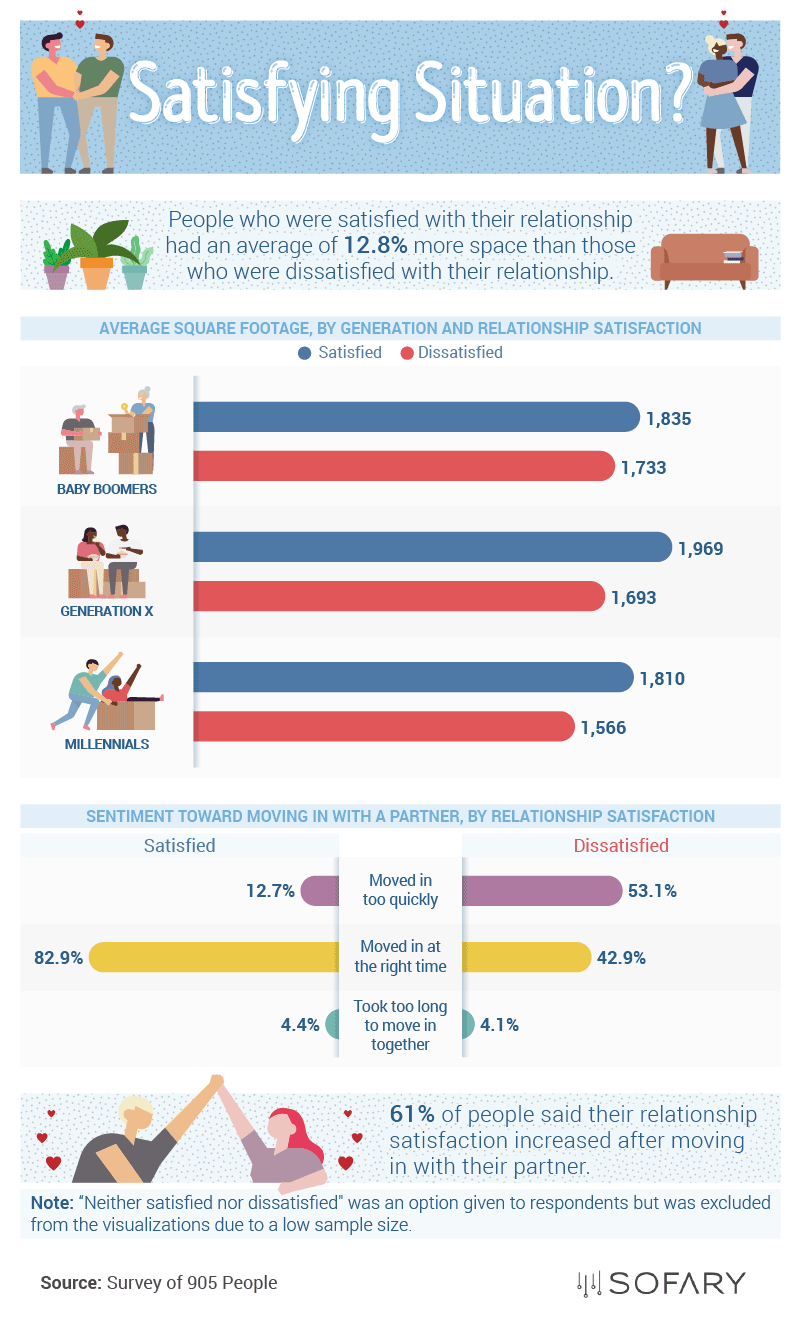
Sharing a space doesn't only mean deciding on who's doing the dishes or upgrading to a bigger bed.
There's a whole host of relationship problems couples typically don't encounter until they wake up next to each other. Regardless of how much you love each other, living together is more than the physical space you occupy. Instead, you have to make room in your life for another human, even though there are some things you might genuinely prefer to do alone.
The more space couples had to share, the more likely they were to feel satisfied with their relationship. As little as 100 square feet might make up the difference between a happy couple and one on the brink of collapse. For baby boomers, people satisfied with their significant other lived in 1,835 square feet of space, compared to 1,733 square feet for unhappy couples. For millennials, the gap was much wider. While millennials happy with their relationship had 1,810 square feet of space to share, on average, those feeling dissatisfied tried to make 1,566 square feet work instead.
Space may not be the only indication of a happy relationship, though. While nearly 83 percent of couples in happy relationships said they moved in at exactly the right time, more than half feeling the pangs of regret admitted to pulling the trigger too early.
Expectation vs. Reality
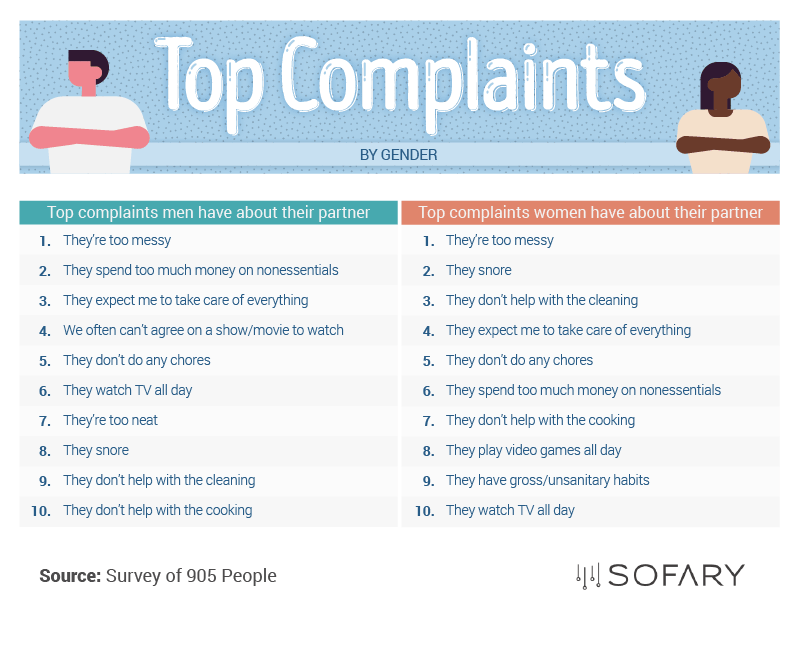

Want to know what's most likely to drive a wedge between you and your partner? For both men and women, the answer is simple: They're just too messy. From dirty dishes in the sink to unkempt laundry piling up on the bedroom floor, a mismatched couple in terms of tidiness might have an uphill battle ahead of them.
Living together is about compromise, and behaviors perceived as being selfish by your significant other could drive a major wedge in your relationship. Men surveyed were more likely to identify partners who spent too much money on nonessentials or who expected them to take care of everything as their biggest complaints after moving in. In contrast, women were more likely to call out a partner who didn't help with the cleaning or who snored as their biggest gripes.
Calling It Quits


Ultimately, women surveyed were more likely to call it quits after moving in with their partner than men. Nearly 63 percent of women pulled the plug on a bad relationship after moving in together compared to a third of men. Women (almost 61 perfect) were also more likely than men (50 percent) to move out and less likely to suggest the split was mutual.
Even though it's normal to go through your fair share of breakups before finding "the one," moving in together can make calling things off that much harder to do. Sixty-one percent of couples living together said the relationship ended poorly when they finally decided to go their separate ways.
Furnishing While Cohabitating

One element of moving in together that might not be the front of mind for couples is how to compromise on decorating. No matter how much two people love each other, they still have a unique sense of style that may not inherently mesh well with their partners. While you may be able to find some common ground on existing furniture, it's also recommended to buy a few new pieces together.
According to couples surveyed, more than half of the furniture in their home was purchased after they moved in together. Since living together also doesn't mean sharing your finances right away, men typically paid $660 more on furniture ($5,624) than women ($4,964). As a result, women often felt they hadn't spent enough on furniture for the home, while men believed they overspent instead.
How They Really Feel

While 16 percent of millennials fought over the furniture with their partner, they aren't the only ones. As you can see from participants' responses, couples of all ages struggle to come together over some of the most bizarre furniture requests. From a rain lamp to taxidermied deer heads, every relationship struggles to find a balance between the furniture you keep and the stuff that ends up on the curb.
Taking the Next Step
No matter how long you've been together, moving in with your significant other is always going to be a big step. You can't know someone until you've lived with them, and sharing a home can help you realize all sorts of things about yourself and them along the way. As we found, the more space couples had to share, the more likely they were to feel satisfied in their relationship, although everyone has to compromise at least a little bit when it comes to how you build a life together under one roof.
At Sofary, we'll help you set the mood in every room with modern lighting fixtures and ceiling fans it won't be hard to agree on. Whether you're looking for pendant lighting, chandeliers, or wall-mounted fixtures to help tie the room together, Sofary has the selection you're looking for at prices you'll love. Visit us at Sofary.com today.
Methodology and Limitations
To gather the data presented in the study above, a survey was run using the Mechanical Turk service offered by Amazon. This was used to survey 905 people either currently in a relationship or married and living with their partner full time. Of these respondents, 485 were female, 419 were male, and one chose to identify as neither. 97 respondents were baby boomers, 265 were from Generation X, 533 were millennials, and 10 were from generations outside of those. In the section labeled "Splitting Up," 304 people who currently lived with a partner had previously lived with a partner and had that relationship end.
All data in this study rely on self-reporting, and self-reported data can be host to some issues. To combat some of these issues (which can include telescoping and exaggeration), attention checks were used to ensure respondents paid attention and answered as accurately as possible.
Sources
- https://www.bustle.com/p/7-signs-youre-ready-to-move-in-together-according-to-relationship-experts-2784068
- https://www.elitedaily.com/p/how-long-should-you-date-before-moving-in-together-10-people-explain-their-timelines-9894481
- https://www.elitedaily.com/p/are-you-ready-to-move-in-together-3-signs-it-might-be-time-to-take-the-plunge-8556627
- https://www.bustle.com/p/9-common-relationship-problems-that-happen-after-you-move-in-together-8716196
- https://www.her.ie/life/whats-your-number-study-finds-the-average-number-of-dates-and-relationships-before-we-find-the-one-90330
- https://www.thespruce.com/decorate-bedroom-when-you-move-in-together-4063881
Fair Use Statement
This study may help couples understand just how challenging moving in together can be. Share our findings and any of the related graphics found in this piece with your readers for noncommercial use as long as you include a link back to this page in your story.



